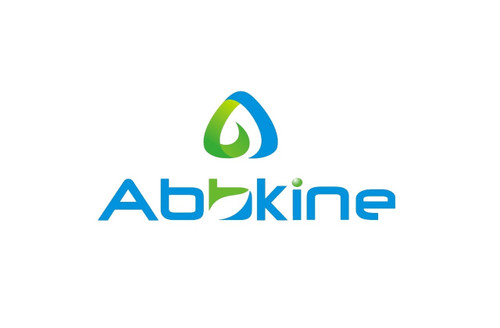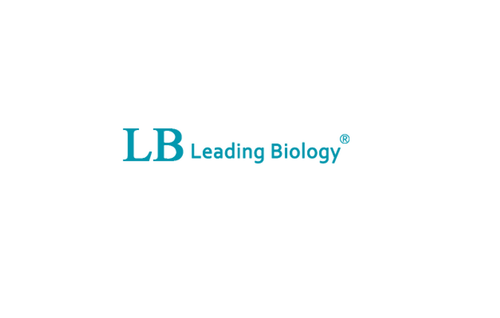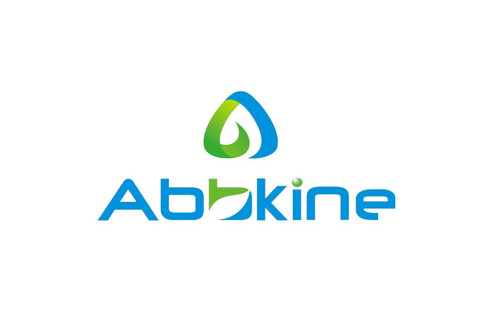Product Description
Human Putative platelet basic protein-like 2 (PPBPL2) ELISA Kit | AE26467HU | Abebio
Species Reactivity: Human (Homo sapiens)
Abbreviation: PPBPL2
Alternative Name: SPBPBP;
Application: ELISA
Range: 78-5000 pg/mL
Sensitivity: 19.5 pg/mL
Intra-Assay: ≤5.8%
Inter-Assay: ≤10.8%
Recovery: 1, 11
Sample Type: Serum, Plasma, Other biological fluids
Detection Method: Sandwich
Analysis Method : Quantitive
Test Principale: This assay employs a two-site sandwich ELISA to quantitate PPBPL2 in samples. An antibody specific for PPBPL2 has been pre-coated onto a microplate. Standards and samples are pipetted into the wells and anyPPBPL2 present is bound by the immobilized antibody. After removing any unbound substances, a biotin-conjugated antibody specific for PPBPL2 is added to the wells. After washing, Streptavidin conjugated Horseradish Peroxidase (HRP) is added to the wells. Following a wash to remove any unbound avidin-enzyme reagent, a substrate solution is added to the wells and color develops in proportion to the amount of PPBPL2 bound in the initial step. The color development is stopped and the intensity of the color is measured.
Product Overview: By screening an adult human lung cDNA library, Luzi and Strayer (1995) identified PPBPL2, which they called A2. The deduced protein contains 106 amino acids. By gel retardation assay, Luzi and Strayer (1995) demonstrated that PPBPL2 exhibited binding activity to a 212-bp region of the SPB (SFTPB) promoter and slightly increased transcription of a luciferase reporter containing the promoter region. Beta-thromboglobulin (β-thromboglobulin, also called Pro-Platelet basic protein) is a protein that is stored in alpha-granules of platelets and released in large amounts after platelet activation.It is a chemoattractant, strongly for fibroblasts and weakly for neutrophils. It is a stimulator of mitogenesis, extracellular matrix synthesis, glucose metabolism, and plasminogen activator synthesis in human fibroblasts.
Stability: The stability of ELISA kit is determined by the loss rate of activity. The loss rate of this kit is less than 5% within the expiration date under appropriate storage condition. The loss rate was determined by accelerated thermal degradation test. Keep the kit at 37°C for 4 and 7 days, and compare O.D.values of the kit kept at 37°C with that of at recommended temperature. (referring from China Biological Products Standard, which was calculated by the Arrhenius equation. For ELISA kit, 4 days storage at 37°C can be considered as 6 months at 2 - 8°C, which means 7 days at 37°C equaling 12 months at 2 - 8°C) .
 Euro
Euro
 USD
USD
 British Pound
British Pound
 NULL
NULL












